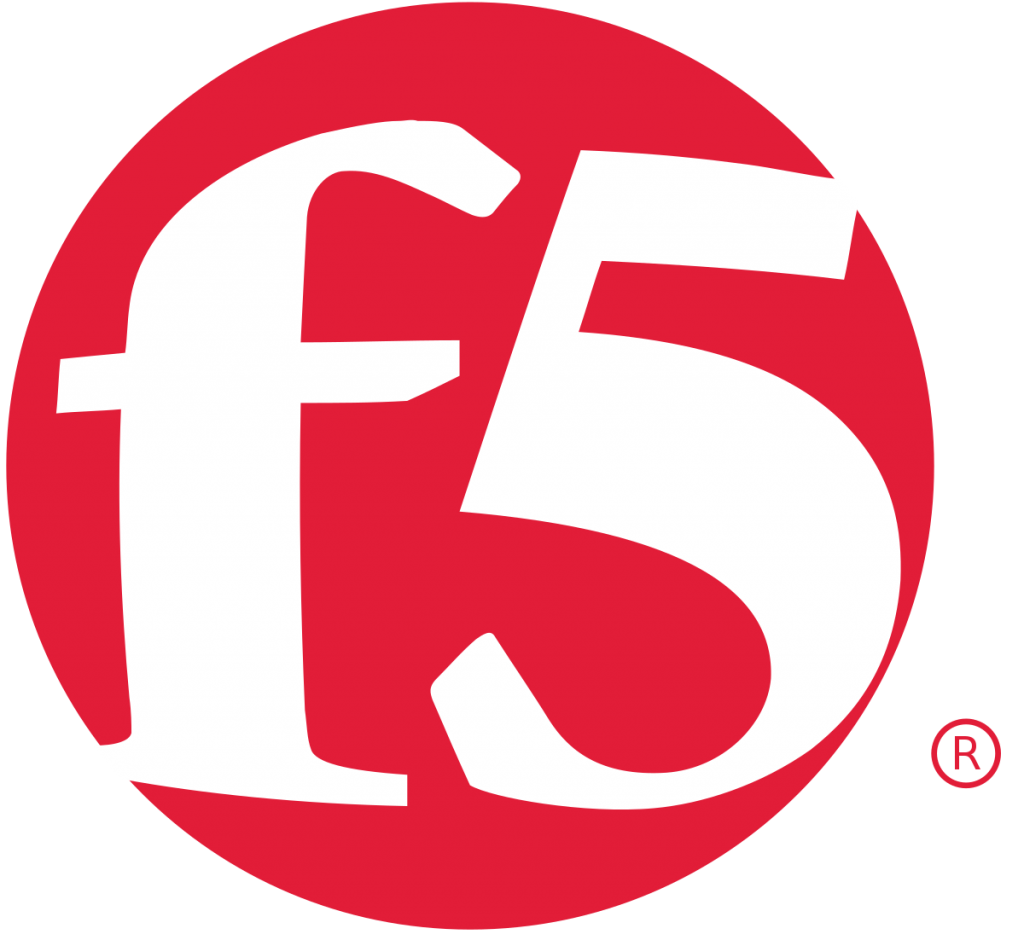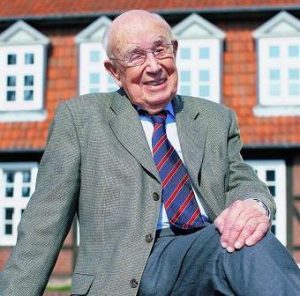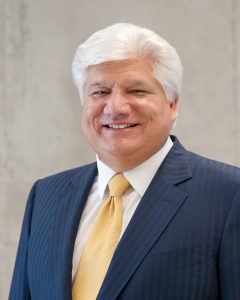Dominating The Technical Industry F5 Networks Acquired Nginx For $670 Million
I think a major part of success depends on the time you start it. For example, when the internet was gradually grasping our world, then start-ups are now a part of the unicorn club. Similarly, the businesses which started growing just before the dot-com boom mostly vanished in no time. So, time is a major factor.
But, exceptions always happen in the business world. Everything is uncertain here. F5 Networks is a technology company that was founded in 1996. Jeff Hussey founded the company and then John McAdam joined him shortly. Both stepped down after serving the company for a long time. F5 Networks is a Seattle based company.
What is F5 Networks?
The term “technical” is a very wide domain. So, what are the specific products of F5 Networks? The company is mainly thriving in the networking area since the beginning. F5 Networks mainly provides ADN (application delivery networking).
ADN uses a series of technologies which when incorporated together secures the network, provides visibility and acceleration. Initially, the company was focused on load-balancing products (distributed network). But, Jeff modified and expanded the company with time. It also includes services like DDoS defense.
About the Founder
Jeff Hussey has a Bachelor’s degree in Finance from Seattle Pacific University. He also went to the University of Washington for acquiring his MBA degree. After he graduated in 1991, he joined Pacific Comlink in 1993. He served as the President of the company for a couple of years and then he shifted to Alexander Hutton.

In 1996, Jeff founded F5 Networks and served as the CEO of the company for six years. But, this wasn’t the end of his passion. In 2012, Jeff started another start-up in the same area. And, he founded the company, Tempered Networks in August 2014.
John McAdam
John McAdam joined the company in 2012 as the President and CEO. He left the company in 2015. Under John’s leadership, the company expanded and made big acquisitions.
John went to the University of Glasgow and studied Computer Science. He served as the Board Member of Apptio and Tableau Software before joining F5 Networks. From 2015, John is a Board Member at Nutanix as well. Even after John resigned from the company in 2015, he still serves as the Board Member of F5.
Initial Stage of F5 Networks
When Jeff thought of starting a tech start-up, he was more inclined towards the economic part than the part where technology was implemented. Well, his main motive was to invest in something that would become a billion-dollar company someday.
In the meantime, some developers in Seattle started working on virtual reality. This idea was much ahead of the time and unfortunately, the serves didn’t support it. But, they didn’t give up and rather came up with an algorithm for load balancing. Jeff saw potential in this product and bought it from them.
This is how Jeff founded F5 Networks in 1996 and launched its first product in 1997 using that algorithm.
Picking up the momentum
After a couple of years, when the dot-com burst hit the market, it didn’t seem to affect F5 much. Because of the uniqueness of F5 was much advanced and it helped the company to survive the big crisis. In 1999, F5 Networks was listed on the Nasdaq Stock Exchange.
It was around 2000 when Jeff decided to hire an experienced tech geek for the company. And, John was perfect for the job. F5 Networks offered him the position of the President when he working for IBM. After he joined the company, John predicted the loss it might suffer due to the boom. So, next year he along with his tech team wrote a whole new algorithm for a new market.
Success and Acquisitions
Eventually, F5 Networks started provided security services as well. And, after the next couple of years, it started making huge profits. In 2003, the company acquired uRoam for $25 million. In 2007, the company made one of the biggest acquisitions in its history for $210 million.
For two consecutive years, the company’s name came under the section of Fortune’s 100 Fastest-Growing Companies. The headquarters of F5 Networks was shifted to the F5 Tower in 2017. The latest news F5 is discussing about is the acquisition of Shape Security. F5 Networks has more than 4,000 employees.

Annasha Dey is an NIT student, who apart from studying engineering is also a content writer. She has a great interest in photography, writing, reading novels, and travelling as well. She is a foodie who loves socializing and hanging out with her friends. She is also a trained Kathak dancer and a big fashion enthusiast. Dey also loves watching TV series, which includes F.R.I.E.N.D.S. and Big Bang Theory. To be a better writer she prefers to read more








